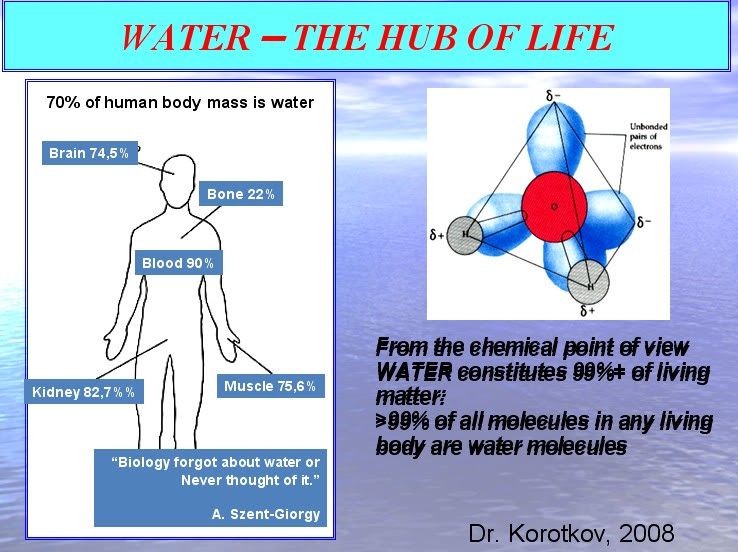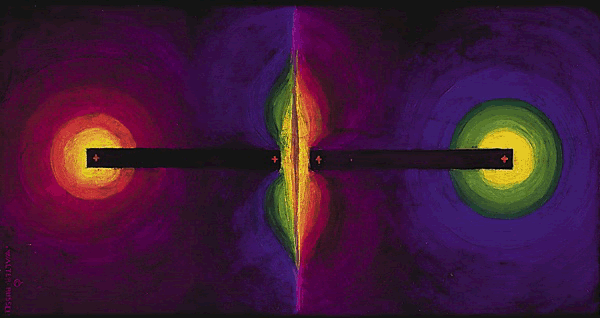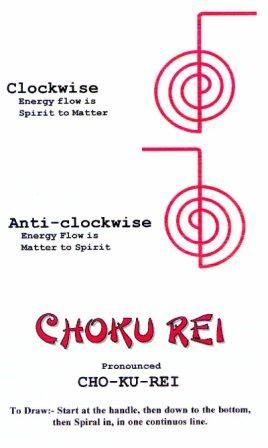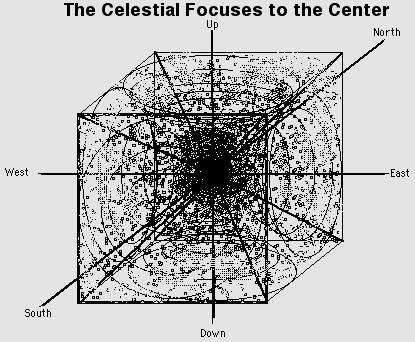Study shows training improves recognition of quickly presented objects



So far it has seemed an irreparable limitation of human perception that we strain to perceive things in the very rapid succession of, say, less than half a second. Psychologists call this deficit "attentional blink." We'll notice that first car spinning out in our path, but maybe not register the one immediately beyond it. It turns out, we can learn to do better after all. In a new study researchers now based at Brown University overcame the blink with just a little bit of training that was never been tried before.
"Attention is a very important component of visual perception," said Takeo Watanabe, a professor in Brown's Department of Cognitive, Linguistic and Psychological Sciences. "One of the best ways to enhance our visual ability is to improve our attentional function."
Watanabe and his team were at Boston University when they performed experiments described in a paper published the week of July 9 in the Proceedings of the National Academy of Sciences. The bottom line of the research is that making the second target object a distinct color is enough to train people to switch their attention more quickly than they could before. After that, they can perceive a second target object presented as quickly as a fifth of a second later, even when it isn't distinctly colored.
Watanabe and his team were at Boston University when they performed experiments described in a paper published the week of July 9 in the Proceedings of the National Academy of Sciences. The bottom line of the research is that making the second target object a distinct color is enough to train people to switch their attention more quickly than they could before. After that, they can perceive a second target object presented as quickly as a fifth of a second later, even when it isn't distinctly colored.






























 and
and 
Comment